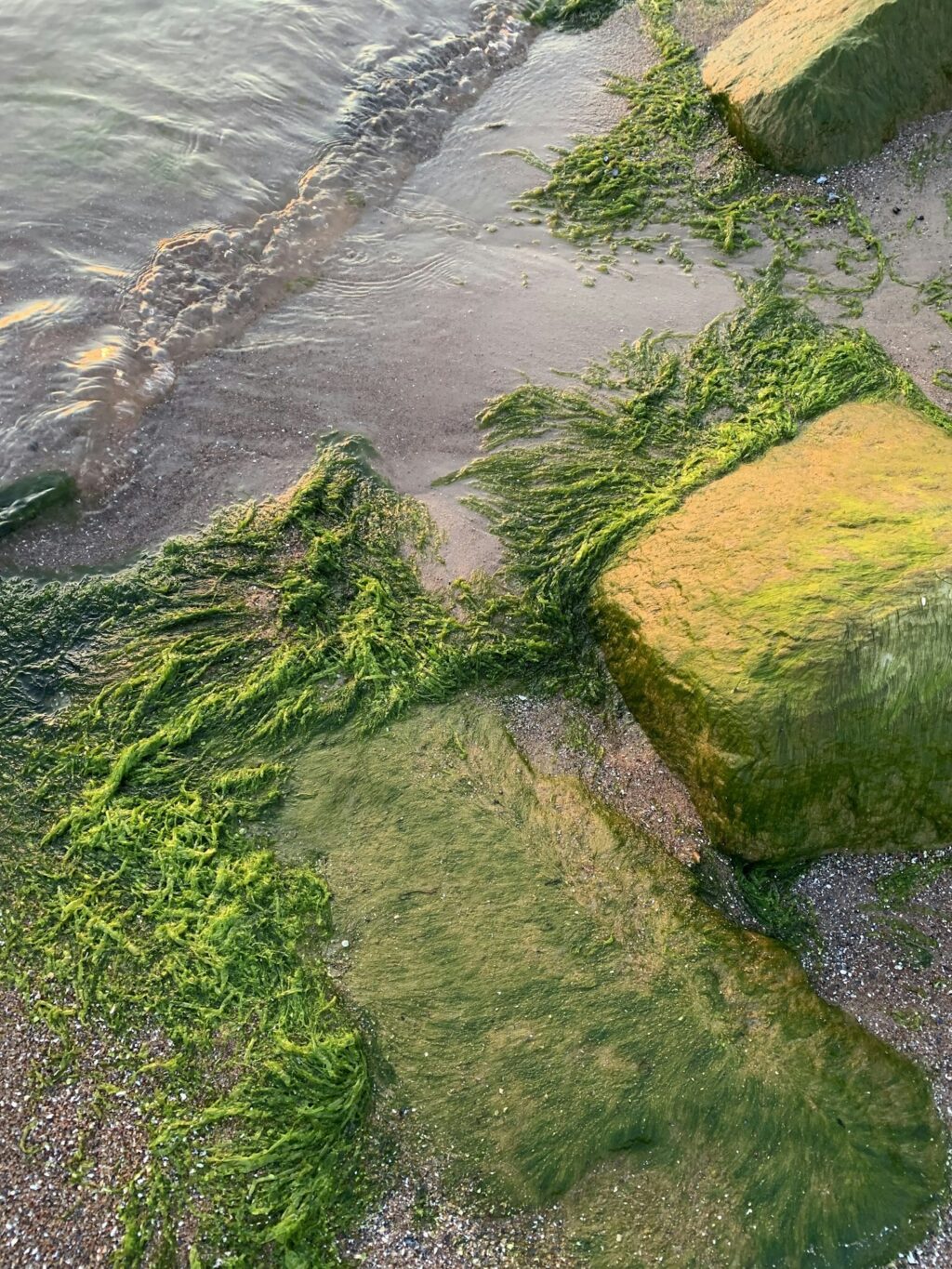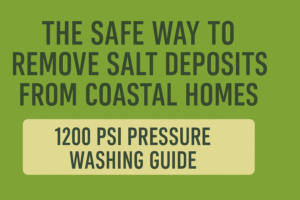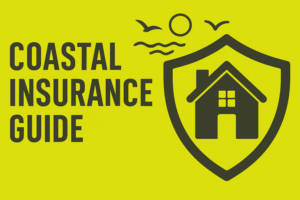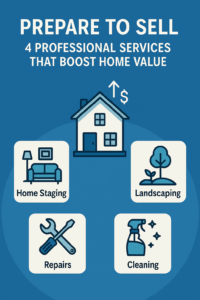How to Identify Algae-Prone Areas in Tropical Climates: A Florida Homeowner’s Guide

Hello, World!
How to Identify Algae-Prone Areas in Tropical Climates: A Florida Homeowner’s Guide

Hello, World!
Why Algae Thrives in Tropical Climates
Tropical climates, like Florida’s, are hotspots for algae growth due to high humidity, frequent rainfall, and warm temperatures. Algae not only detracts from your property’s curb appeal but can also damage surfaces like roofs, siding, and driveways. Identifying problem areas early is key to preventing costly repairs.
Step 1: Inspect High-Moisture Zones
Algae thrives in damp, shaded environments. Focus on areas with poor drainage or limited sunlight:
-
Roofs and Gutters: Check north-facing slopes or sections shaded by trees.
-
Siding and Walls: Look for streaks or discoloration on exterior walls.
-
Driveways and Walkways: Scan for greenish-black patches in cracks or crevices.
Pro Tip: Schedule a Florida exterior maintenance inspection to catch hidden issues.
Step 2: Recognize Common Algae Types
Different algae species require tailored treatments:
-
Green Algae: Appears as slimy patches on roofs or decks.
-
Black Algae: Forms dark, stubborn stains on concrete or stucco.
-
Blue-Green Algae: Found in standing water (e.g., pools or ponds).
Step 3: Assess Environmental Factors
Tropical weather accelerates algae growth. Watch for:
-
Shade: Trees or structures blocking sunlight.
-
Humidity: Persistent moisture in the air.
-
Organic Debris: Leaves or dirt trapping water on surfaces.
-
Step 4: Take Preventive Action
-
Improve Drainage: Clean gutters and grade soil away from foundations.
-
Trim Vegetation: Remove overhanging branches to increase sunlight exposure.
-
Apply Treatments: Use algae-resistant coatings for roofs and walls.
Why Early Identification Matters
Ignoring algae-prone areas can lead to:
-
Structural damage (e.g., rotting wood or corroded metal).
-
Health risks from mold spores.
-
Reduced property value.
FAQs
Q: How often should I inspect for algae in Florida?
A: Bi-annual checks are ideal—before and after rainy season.
Q: Can pressure washing remove algae?
A: Yes, but improper techniques may damage surfaces. Always hire professionals.
Final Tip: Partner with a Florida exterior maintenance expert for tailored solutions. Proactive care saves time, money, and stress!





